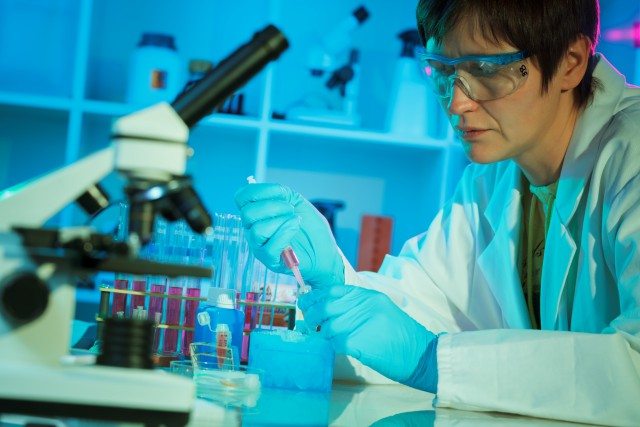On World Health Day 2015 in April 7, World Health Organization (WHO)/Europe estimates that levels of foodborne disease are much higher than currently reported and underlines the need for improved collaboration among sectors to lower the health risks associated with unsafe food.
It says our food chain is longer and more complex than ever before, and demographic, cultural, economic and environmental developments – globalized trade, travel and migration, an ageing population, changing consumer trends and habits, new technologies, emergencies, climate change and extreme weather events – are increasing foodborne health risks.
“The fact that we significantly underestimate how many people become ill from chemicals in the food chain and from common microorganisms such as Salmonella and Campylobacter should start alarm bells ringing across the many areas with a stake in our food chain,” says Dr Zsuzsanna Jakab, WHO Regional Director for Europe.
“A failure in food safety at any link in this chain, from the environment, through primary production, processing, transport, trade, catering or in the home, can have significant health and economic consequences
Current surveillance and reporting systems across the WHO European Region are limited and detect only a small fraction of cases.
This underreporting is greater in countries with less advanced laboratory capacities and less developed surveillance systems. Better data are needed to respond effectively to risks.
“Health 2020, the European policy for health and well-being, calls for effective communication, information sharing and joint action domestically and internationally between the public health, animal health and agricultural sectors. This will go a long way towards ensuring safer food on our plates,” adds Dr Jakab.
Challenges to food safety
Driven by consumer demand, we now have greater access to a wider variety of foods, produced out of season, transported across continents, processed for our convenience and increasingly eaten outside the home.
The average annual volume growth in agricultural trade between 1950 and 2010 was about 4% and therefore higher than an annual growth in global agricultural production of 2%, according to the World Trade Report 2014.
Contamination from a source may become widespread and have enormous health and economic consequences.
In 2011, for example, an enterohaemorrhagic Escherichia coli (EHEC) outbreak in Germany and France, linked to imported contaminated fenugreek seeds, led to almost 4000 cases of EHEC infection in 16 countries, including more than 900 haemolytic uraemic syndrome (HUS) cases and 55 deaths.
The estimated loss for farmers and industries was US$1.3 billion.
Changes in animal food production are leading to an increase in the emergence and spread of zoonotic diseases.
Of 335 emerging infectious disease events in humans between 1940 and 2004, it is estimated that 60% were transmitted from animals and many of these were foodborne.
WHO calls on policy-makers to:
- Build and maintain adequate food safety systems and infrastructures, including laboratory capacities and surveillance and reporting systems;
- Respond to and manage food safety risks along the entire food chain, including during emergencies;
- Foster multisectoral collaboration among public health, animal health, agriculture and other sectors for better communication, information sharing and joint action;
- Integrate food safety into broader food policies and programs (e.g. nutrition and food security);
- Think globally and act locally to ensure that food produced domestically is as safe as possible internationally.










